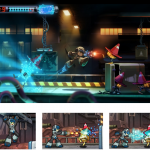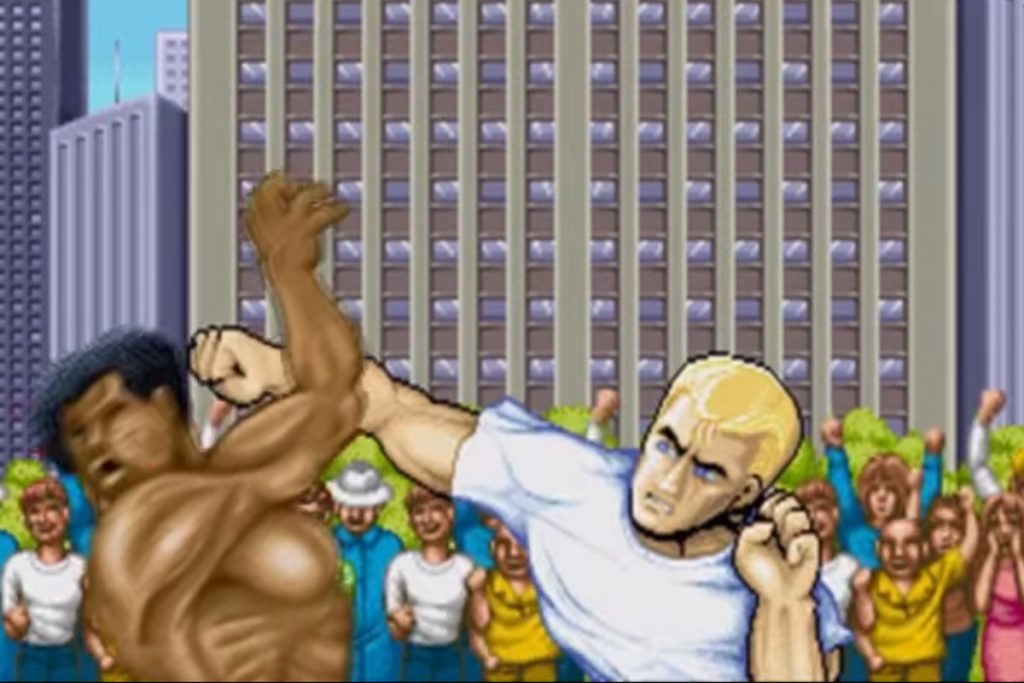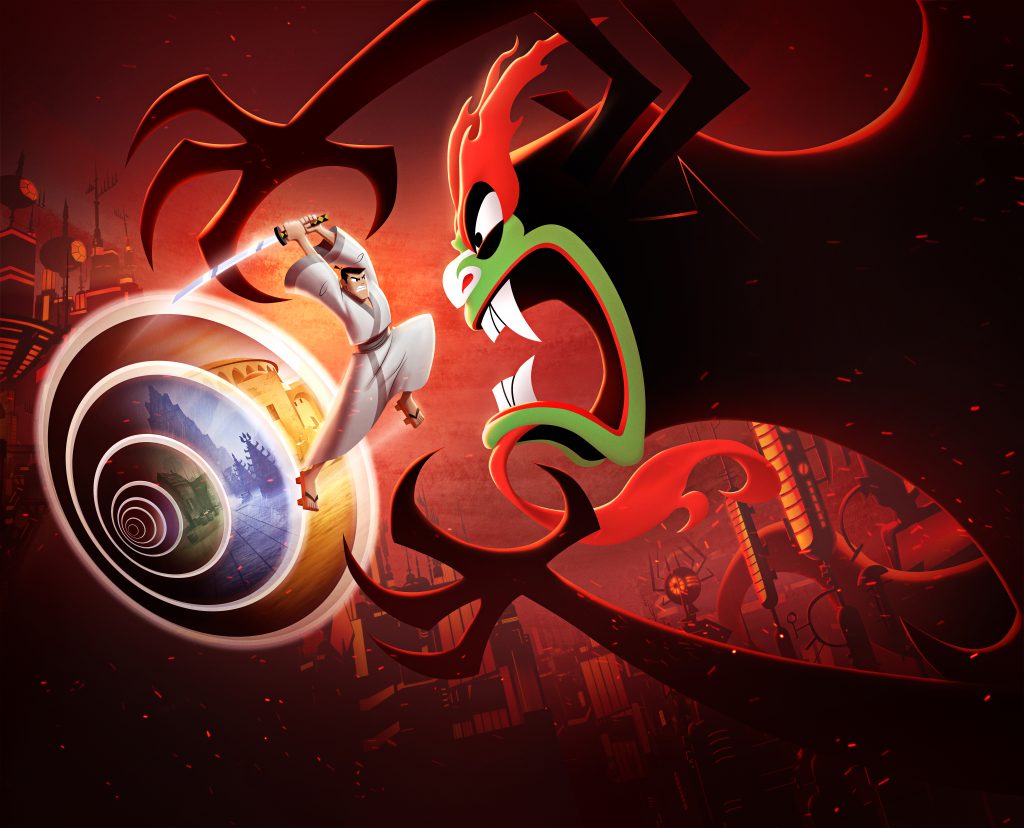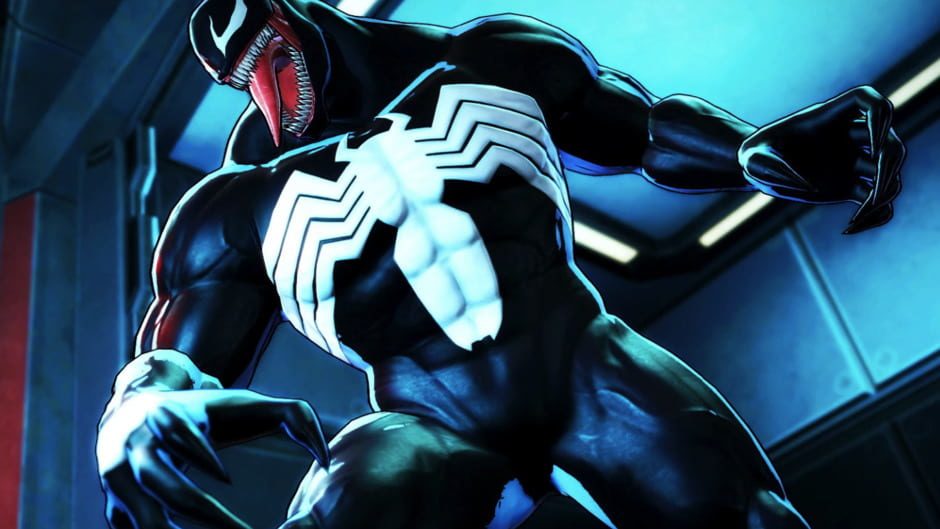I still remember seeing the Kickstarter video for the first time, the opening moments clearly paying homage to the title sequence from Mega Man II, complete with our hero standing in blue overlooking a city. There stood Keiji Inafune, a man with a long list of credits, but most famously known for one – Mega Man. Mighty No. 9, developed by Inafune’s new studio Comcept, promised to be a spiritual successor to the blue bomber. But after frequent delays and development changes, the game failed to deliver on its initial promise to fans and backers. And since that promise was almost solely responsible for the game’s initial backing and funding, it feels fair to judge it to that standard. The problem isn’t that Mighty No. 9 is a bad game; the problem is that Mighty No. 9 is a bad Mega Man game.
It’s hard to describe how different the two games feel tonally. Mega Man and the subsequent X series always had an inherent cool factor to them that is sorely lacking in Mighty No. 9. Pinpointing the exact problem isn’t easy either. One of the many issues is the art style; what ended up being the finished product is a far cry from what was first shown in concept art. Not only is it stylistically different, but the quality of assets in the final build range wildly as well. With a three-year development cycle and nearly four million dollar budget, one would assume a level of polish to the overall graphics. Unfortunately, the rough edges stick out even more due to the circumstances surrounding the game.
One bright spot aesthetically for Mighty No. 9 though is its original music. Inafune brought back some Mega Man veterans – Manami Matsumae and Ippo Yamada – who have serious chops in both sound design and musical composition. The results are stage music and themes that get your blood pumping. If you want to experience the full glory of the soundtrack, be sure to switch to 8bit mode under the audio options. While the full orchestral score is fantastic, nothing compares to the chip tune version. Mighty No. 9 may disappoint people for several reasons, but the music shouldn’t be one of them.
Gameplay wise, all the core mechanics of a Mega Man title are in place. The main difference is a new dash system that the player uses to finish off enemies after weakening them. If able to weaken multiple enemies at once, players can dash through them all to create a combo multiplier. Mighty No. 9 was designed with this feature in mind as its core mechanic and the results are stages that are meant to be played fast and within the confines of the combo system. While it’s strange to have a points based approach to levels, I can see the merit behind the idea. When everything starts flowing together, the dash system really is quite fun. Unfortunately those moments are few and far between. To make matters worse, the game’s only replay value is a selection of modes all based off this mechanic. If the dash system doesn’t click with you, it will really limit the time you can spend with this title.
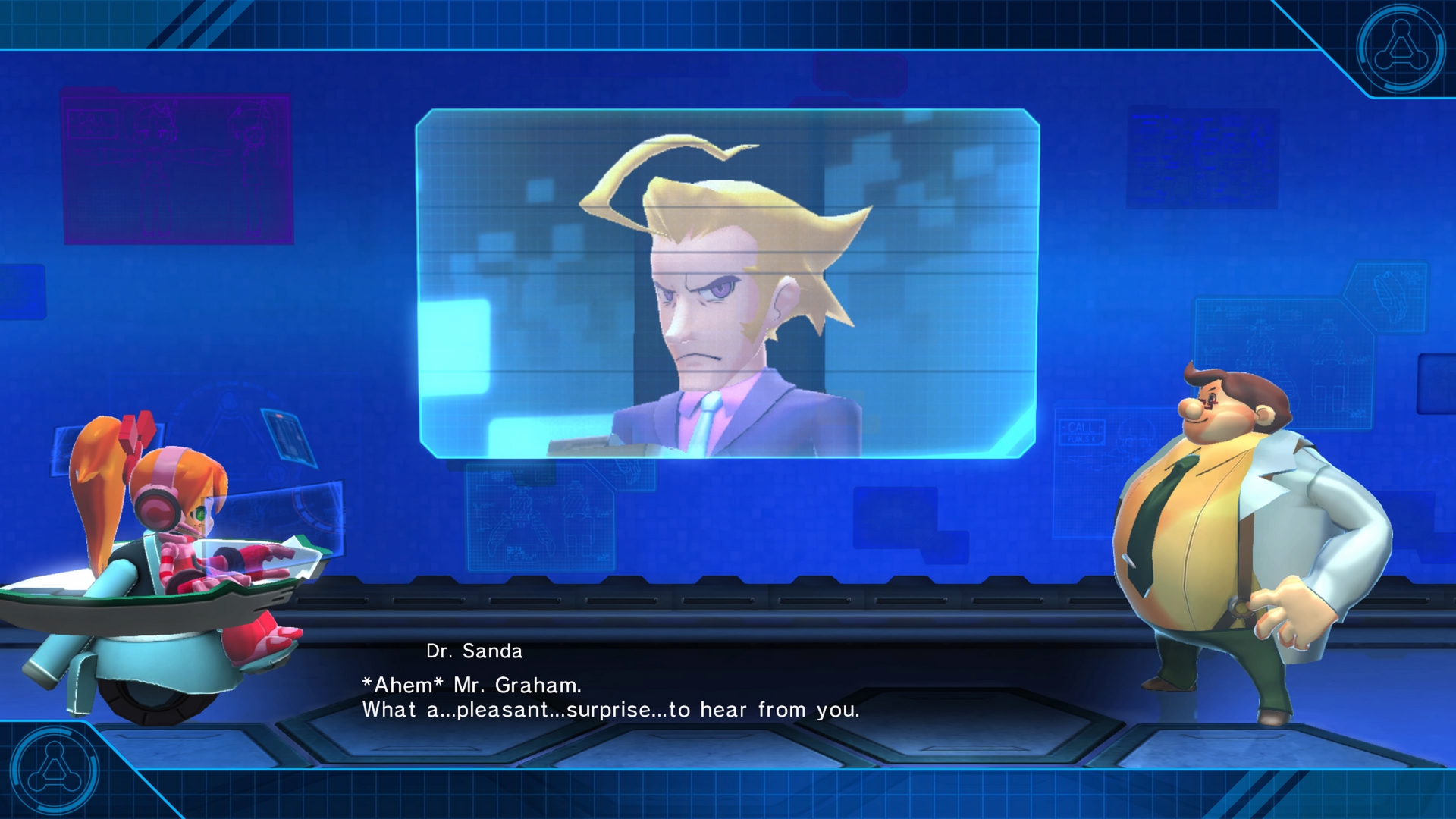
Another part of the problem is the presentation of the characters. Cheesy writing, hokey voice acting, and a paint by numbers plot (complete with an obvious bad guy nobody suspects) really hurt the player’s ability to get involved and further invested into the game. Inafune’s previous creations always made me feel like I was doing something important with characters whom felt important themselves. None of that magic is present in Mighty No. 9 and it’s another huge flaw for those that were expecting an experience that resembles earlier Mega Man games. In any medium, if an audience can’t empathize with characters or their actions, then nothing of importance will be gained or shared. It’s the combination of all these things – a different gameplay philosophy, rough visuals, and weak storytelling – that ultimately make Mighty No. 9 feel like an inferior clone of Inafune’s previous work.

It‘s an almost impossible task to review Mighty No. 9 without comparing it to its spiritual predecessors. It’s no Mega Man, but then again, maybe it shouldn’t have tried to be. So much of the hype, support, and eventual criticism stems directly from statements by Inafune himself, citing that he wanted to “carry on the legacy of the past.” There’s no question that Mighty No. 9 was a disappointment to a lot of people, but the question should be why? On it’s own, Mighty No. 9 is a solid throwback to platformers from yesteryear, but as a spiritual successor to one of the most beloved franchises of all time, it fails to fulfill the lofty expectations set by one of gaming’s most fervent fan bases.

